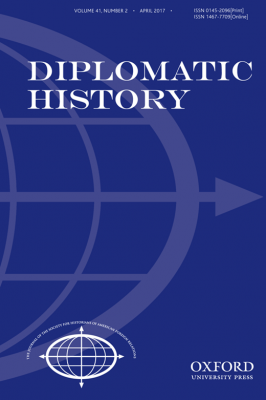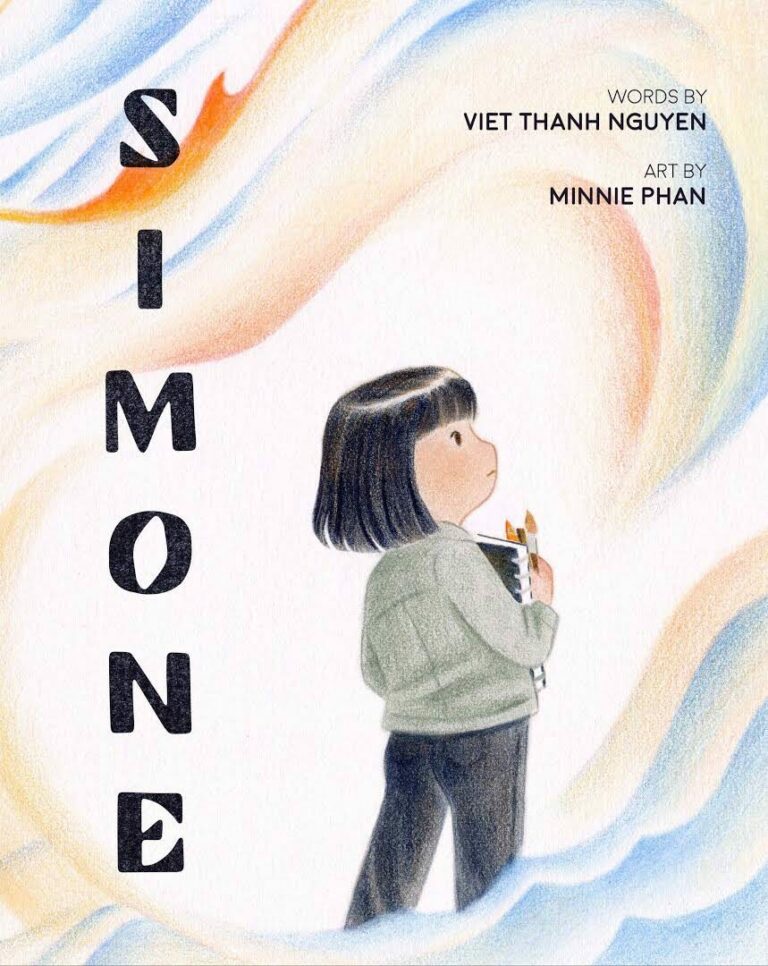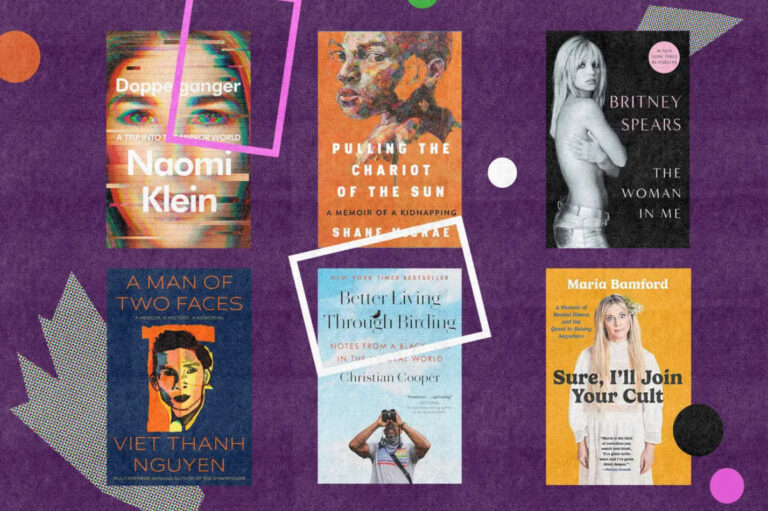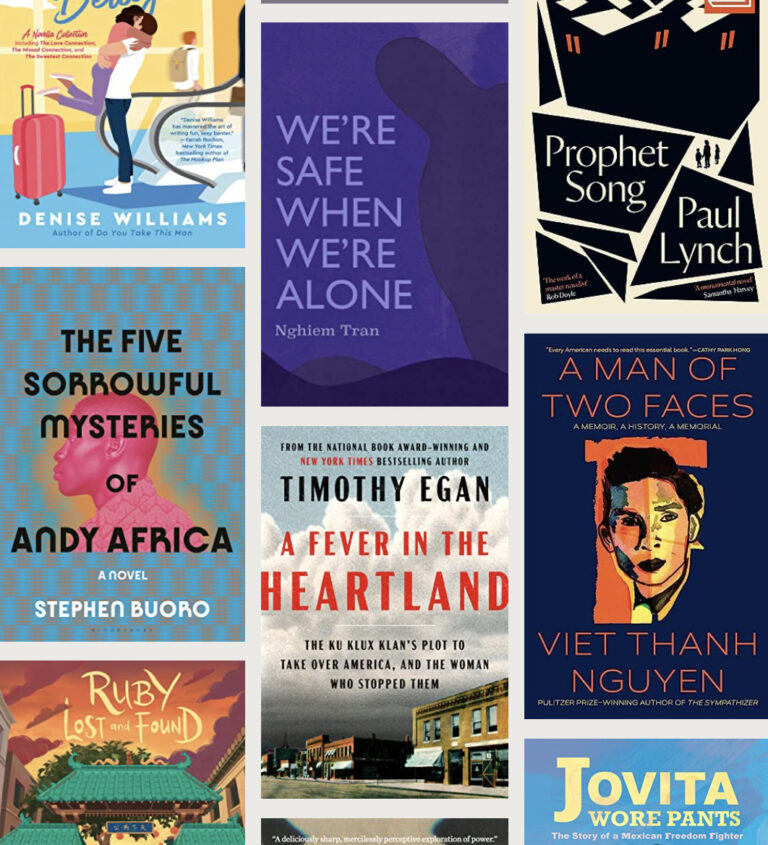Christian G. Appy reviews Viet Thanh Nguyen’s Nothing Ever Dies: Vietnam and the Memory of War in Volume 41 of Diplomatic History.

Combining cultural analysis, philosophical reflection, political manifesto, travel narrative, and autobiography, Nothing Ever Dies is a rangy, original, and provocative meditation on the ethics of war memory. Though its arguments implicate war in general, the book’s substance focuses on the contested legacies and memories of the wars that engulfed Vietnam, Laos, and Cambodia in the 1960s and 1970s. It was written by Viet Thanh Nguyen, a literary scholar and novelist who was born in Vietnam but who, as he puts it, was “made in America.” He was four years old when his family fled Saigon in 1975 as Communist forces defeated their South Vietnamese enemies and put an end to an American-backed effort, beginning in 1954, to build and defend a permanent non-Communist nation below the 17th parallel.
As Nguyen makes vividly clear, however, wars do not simply end. They live on in bodies, identities, politics, culture, the environment, and in a vast range of memories—individual and collective, suppressed and pervasive. The point is underlined by the title, Nothing Ever Dies, taken from a dialogue in Toni Morrison’s Beloved. Nguyen’s study draws primarily on art—novels, films, memoirs, and photographs—along with memorials, cemeteries, museums, and more. His central aim is to construct an “ethics of remembering” that does justice to the human complexity of participants on all sides in war, including those whose experiences are routinely excluded, marginalized, or distorted by powerful “industries of memory” like Hollywood, television, and major publishing houses. But creating a “just memory” of war depends on far more than greater scholarly inclusiveness and documentation, Nguyen cautions. “Memory, like war, is often asymmetrical,” so a more democratic recollection would require a major shift in control over the means of cultural production and distribution and therefore fundamental political and economic change. A lot is at stake. Nguyen hopes for nothing less than to help “beat … back to life” the unfulfilled promises of Vietnam and the United States, “both revolutionary countries who have not lived up to their revolutions.”
Perhaps now is the time to mention that Viet Nguyen’s own cultural influence has recently soared. His extraordinary debut novel, The Sympathizer (2015), achieved that rare combination of critical acclaim and bestsellerdom. It received the 2016 Pulitzer Prize and numerous other laurels. Nothing Ever Dies is unlikely to reach so large an audience, but we can certainly hope that Nguyen’s growing literary reputation will bring greater attention to his important critique of the most dominant forms of nationalist war memorialization that focus almost entirely, and much too uncritically, on those who are “near and dear.”
Nothing Ever Dies promotes an alternative model of remembrance and can be read, in part, as an explication and elaboration of many of the ideas that are dramatized in The Sympathizer. The novel tells the story of an unnamed Communist agent who is cursed (or blessed!) with an unconquerable ability “to see any issue from both sides.” Although his mission is to spy on a South Vietnamese general, and even to accompany him when he flees South Vietnam for California, the double agent “sympathizer” cannot help notice the capacity for virtue and crime in all people and positions. His ideological purity is shaky to say the least.
That, in a nutshell, is the prescription offered in Nothing Ever Dies. Empathy with all sides is a requirement of “just memory,” but only so long as it recognizes the full humanity (which includes inhumanity) of all. There must be no one-dimensional heroes or villains. To help make his case, Nguyen engages a variety of philosophers of memory such as Paul Ricoeur, Emmanuel Levinas, and Avishai Margalit.1 The texts he assesses include works by writers Le Ly Hayslip, Andrew X. Pham, Monique Truong, le thi diem thuy, Bao Ninh, Duong Thu Huong, Dang Thuy Tram, Kao Kalia Yang, Hwang Suk-Yong Ahn Junghyo, Larry Heinemann, and Tim O’Brien; filmmakers Rithy Panh, Francis Ford Coppola, Trinh T. Minh-ha, Clint Eastwood, and Dang Nhat Minh; and photographers Tod Papageorge and An-My Lê.
Nguyen does not enter conventional historical debates about causality, military strategy, policymaking, or diplomacy. Nor does he hazard an attempt at precise categorization or periodization of postwar memory. Diplomatic historians should nonetheless engage this book. Among other virtues, it advances the growing movement toward an international and transnational history of the Vietnam-American War by embracing groups and memories that most American historians of the war have ignored or sidelined. For example, Nguyen gives substantial attention to South Korea’s experience of the Vietnam War (in which hundreds of thousands of South Korean troops fought, paid by the United States). He also includes Cambodians, Laotians, and Hmong. And, of course, much attention is given to the group most obviously missing from most American accounts of the war—Vietnamese Americans. Civilians, moreover, are accorded as much significance as combatants.
Nothing Ever Dies also brims with original insights, many of them amplified by Nguyen’s wry, sometimes wicked, gift for irony and humor. For example, he describes Little Saigon in Orange County, California, the largest community of overseas Vietnamese, as a “triumph of capitalism and a rebuke against communism” and thus a “much belated strategic hamlet so desired by the southern government and its American advisors” (40). In one deft stroke, Nguyen skewers all warring parties and one of the war’s great disasters—the forced relocation of South Vietnamese villagers into fortified hamlets in a failed effort to isolate them from Communists and pique their appetite for Western ideas and values.
Yet Nguyen’s alertness to evil, betrayal, and duplicity is accompanied by a powerful idealism. Not everyone will share his faith that art is so redemptive: “the best manifestation of immortality.” Despite bell ringing injunctions to break the power of the “war machine” and the “industries of memory,” Nothing Ever Dies does not, for me, make a completely persuasive case that art can advance these political goals, nor, more importantly, does it clarify what else might be required.
There is also a concerning vagueness and ambiguity in Nguyen’s powerful insistence that we recognize the universality of humanity and inhumanity (as does Cambodian filmmaker Rithy Panh through his interviews with notorious torturers of S-21, the Khmer Rouge prison and death camp). While the capacity for evil may be universal, does not ethical memory require us to assess the relative guilt and responsibility for acts of evil? Nguyen might agree, but he seems to embrace Derrida’s call for “pure forgiveness,” an unconditional forgiving of the unforgivable (286–87). Only that, Nguyen argues, can lead to a “just forgetting” that would free us from continually refighting the “unjust past.” I have doubts about this, but Nguyen’s work should make us reconsider a famous line from Graham Greene’s The Quiet American: “Sooner or later … one has to take sides if one is to remain human.” At least when it comes to remembering war, he suggests, just the opposite may be necessary.
1. Paul Ricoeur, Memory, History, Forgetting (Chicago, IL, 2004); Emmanuel Levinas, Totality and Infinity: An Essay on Exteriority (Pittsburgh, PA, 1969); Avishai Margalit, The Ethics of Memory (Cambridge, MA, 2002).


